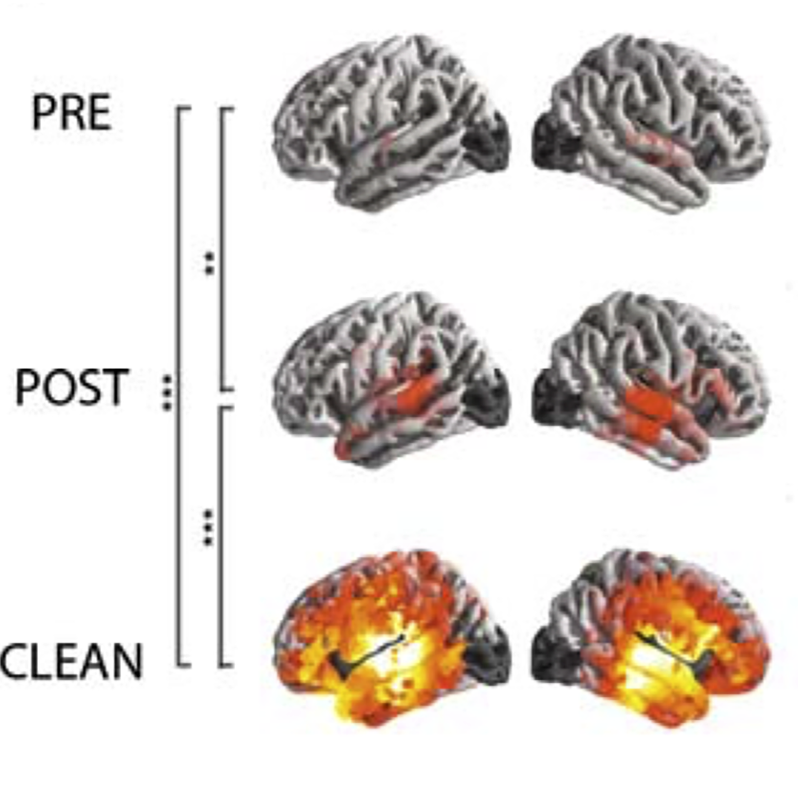News Story
David Fushman's Group Studies a Potentially Life-Saving Protein

COLLEGE PARK, MD - A tiny protein called ubiquitin – so named because it is present in every cell of living things as dissimilar as hollyhocks and humans - may hold the key to treatment for a variety of diseases from Parkinson’s to diabetes. The protein, found in all eukaryotes (organisms with membranous cells), was considered unimportant when it was described in 1975. But scientists now know ubiquitin takes many different forms and is important in basic cellular processes, from controlling cells’ circadian clocks to clearing away the harmful build-up of cells found in cancer and other diseases.
To maximize ubiquitin’s potential for treating diseases, researchers are working to identify the protein’s dizzying array of structures, and to understand each form’s function. Ubiquitin forms polymeric chains linked by specific amino acids. Each ubiquitin protein can connect to its neighbor through one of eight different amino acids, and each combination appears to do something different in a normal cell, says University of Maryland structural biologist David Fushman, whose lab studies these ubiquitin chains and their linkages.
Imagine the cell as a dance floor, thronged with proteins seeking partners, says Fushman, who has studied ubiquitin since 2000. When two ubiquitins join through a lysine, “it’s like two hands meeting, but with just a single finger touching that’s specific to that lysine.” The choice of lysine determines the shape of the ubiquitin chain, and probably also determines its function.
Fushman and his colleagues’ newly published research focuses on one of the most common and least studied linkages, the polymeric chain formed by the amino acid Lysine-11. The ubiquitin chains linked by Lysine-11 “are directly involved in cell cycle regulation,” Fushman says. To turn that knowledge into medically useful information, “we have to understand exactly how they form and with whom they interact.”
Most work of this type is done in a test tube and uses x-ray crystallography to map the structures. Fushman’s lab uses a different method that he says produces an environment somewhat closer to nature. The team used nuclear magnetic resonance spectroscopy (NMR) and other techniques to map the Lysine-11-linked chains.
The researchers found these chains take on a different shape in solution than in crystals, and are more flexible than was previously thought. Ubiquitin chains linked via Lysine-11 can form various three-dimensional shapes, and as salt concentrations change, the chains’ shape also changes, the team found. Researcher Carlos Castañeda and others in the Fushman lab reported their results in a paper published July 2 in the biological journal Structure.
The most-studied ubiquitin chain, linked via Lysine-48, is known as a “protein destroyer” because it labels cellular proteins to be broken up for later recycling. The UMD team found the cellular receptors responsible for breaking down proteins interact with Lysine-11 chains, but not as efficiently as with Lysine-48 chains. Therefore protein destruction does not appear to be the main task of the Lysine-11 linked chain, Fushman says; its function is something different and perhaps equally vital to maintaining healthy cells.
Published July 2, 2013









